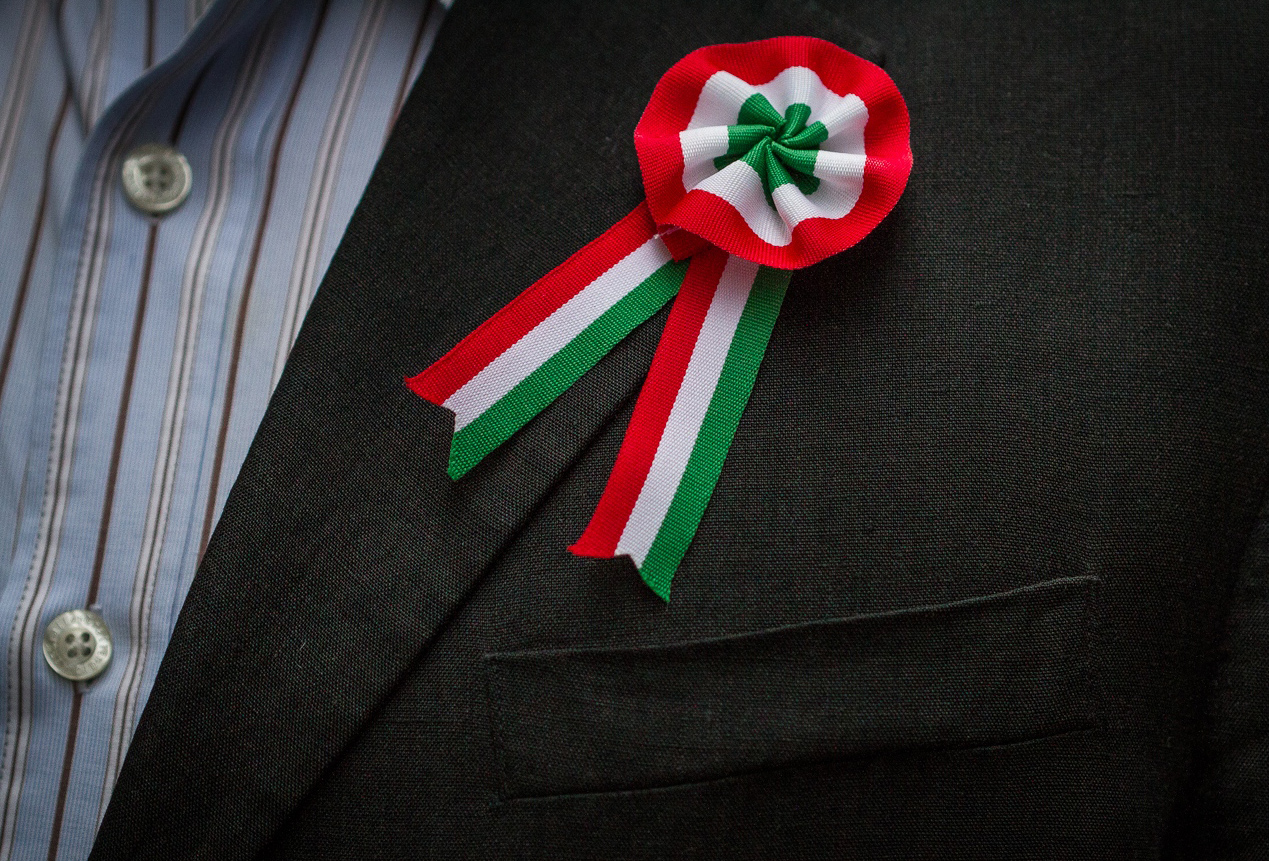When he walked from Debrecen to Budapest in 1844 to begin life anew as a professional writer, young Sándor Petőfi was a talented poet and former actor with passionate opinions about life in Hungary under Austria’s oppressive Habsburg Empire.
Soon Petőfi earned great popularity for his epic fairy tale János Vitéz and several other lighthearted folklore-inspired poems, but amid the banter at Pest’s Pilvax coffeehouse, he joined a community of fellow artists and intellectuals in vociferously deriding the political status quo.
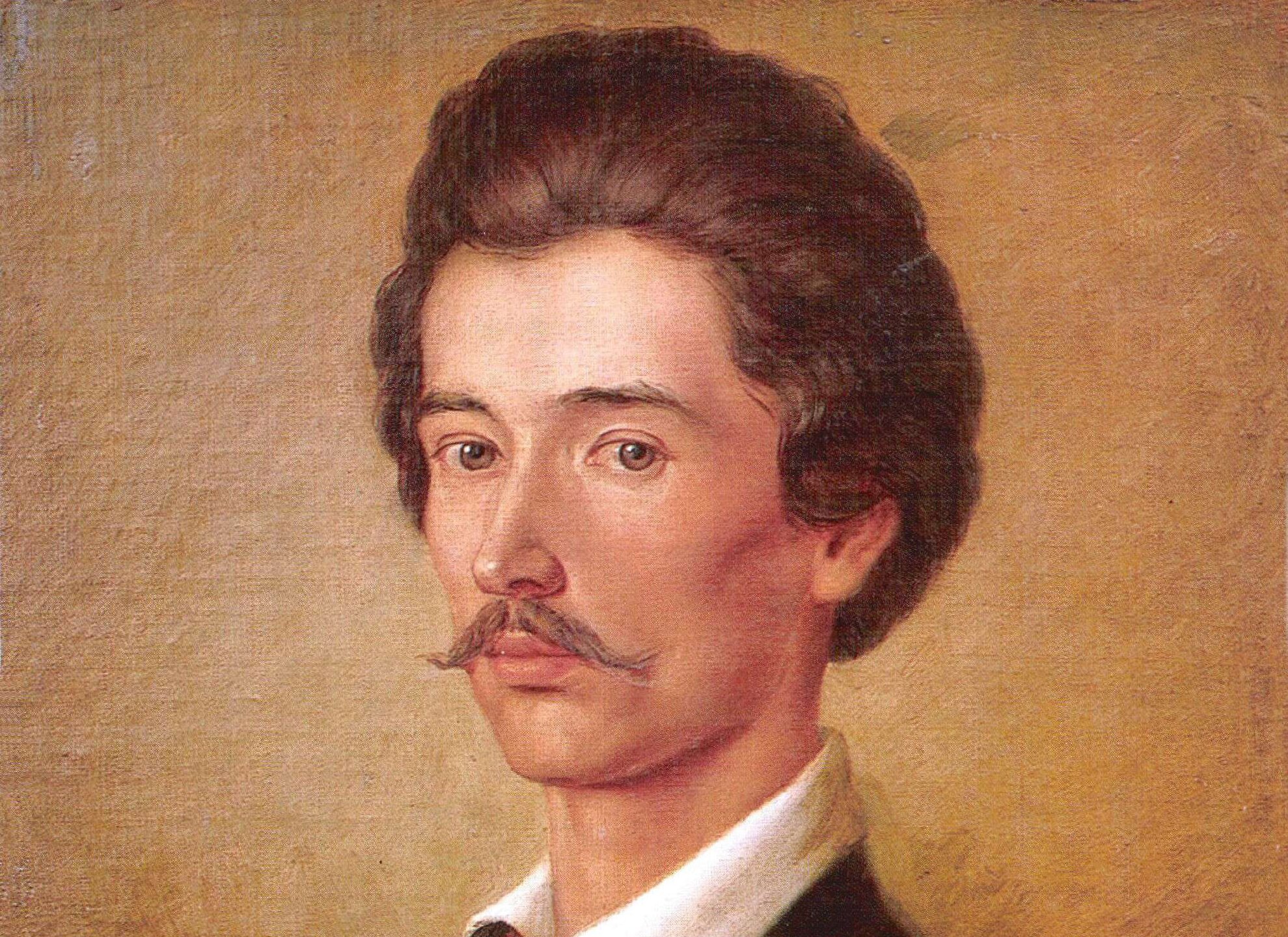
With the arrival of 1848 and its international turmoil, the radicals who gathered at the Pilvax were openly advocating global revolution, spurred on by the fractious state of Hungary’s own aristocrat-dominated government.
In early March, when news of the uprising in Paris reached Budapest, Lajos Kossuth – a brilliant reformist politician with extraordinary oratory skills – made a speech to demand a parliamentary government for Hungary, launching him to the forefront of Europe’s revolutionary movements, and further encouraging Petőfi and his Pilvax compatriots to do more than just talk about insurrection.
In the following days, these dissidents wrote a list of 12 Points demanding comprehensive democratic rights (such as freedom of the press and the liberation of political prisoners) for Hungarians, while Petőfi composed his poetic masterpiece, the National Song.
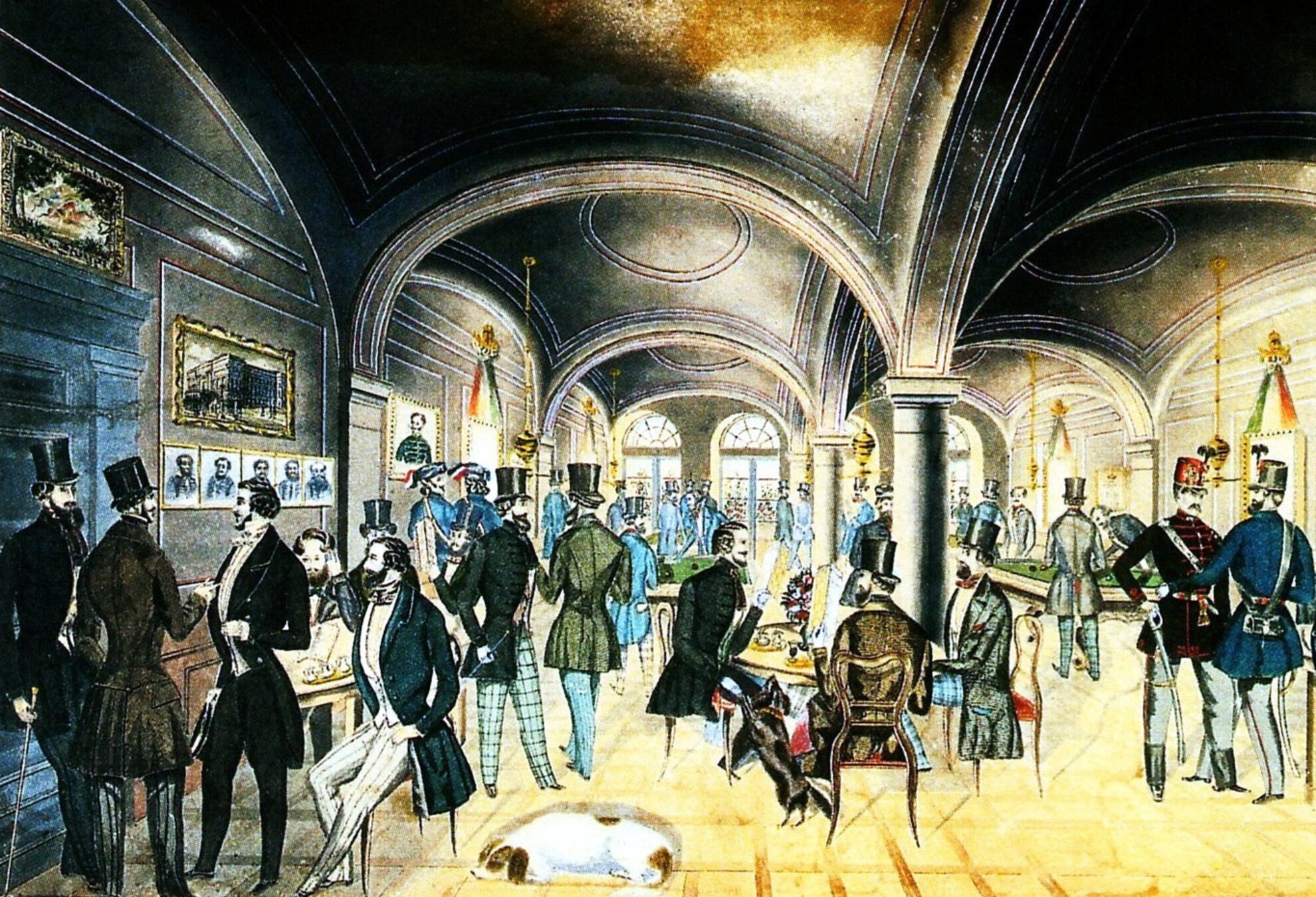
On the morning of 15March, the revolutionaries gathered at the Pilvax and adorned the lapels over their hearts with ribbons in Hungary’s national colours of red, white and green. Then they marched onto the streets of Budapest to recite their 12 Points, gathering a fast-growing crowd of sympathisers to join their movement.
Before long, thousands of fired-up Budapest citizens were parading through the city, defying censorship by seizing the presses to print and distribute the 12 Points, and stopping before the grand stairway of the then-new National Museum, where Petőfi stood in front of the spirited masses and zealously delivered his National Song:
On your feet, Magyar!
“On your feet, Magyar, the homeland calls!
The time is here, now or never!
Shall we be slaves or free?
This is the question, choose your answer!
By the God of the Hungarians
We vow, we vow, that we will be slaves
No longer!”
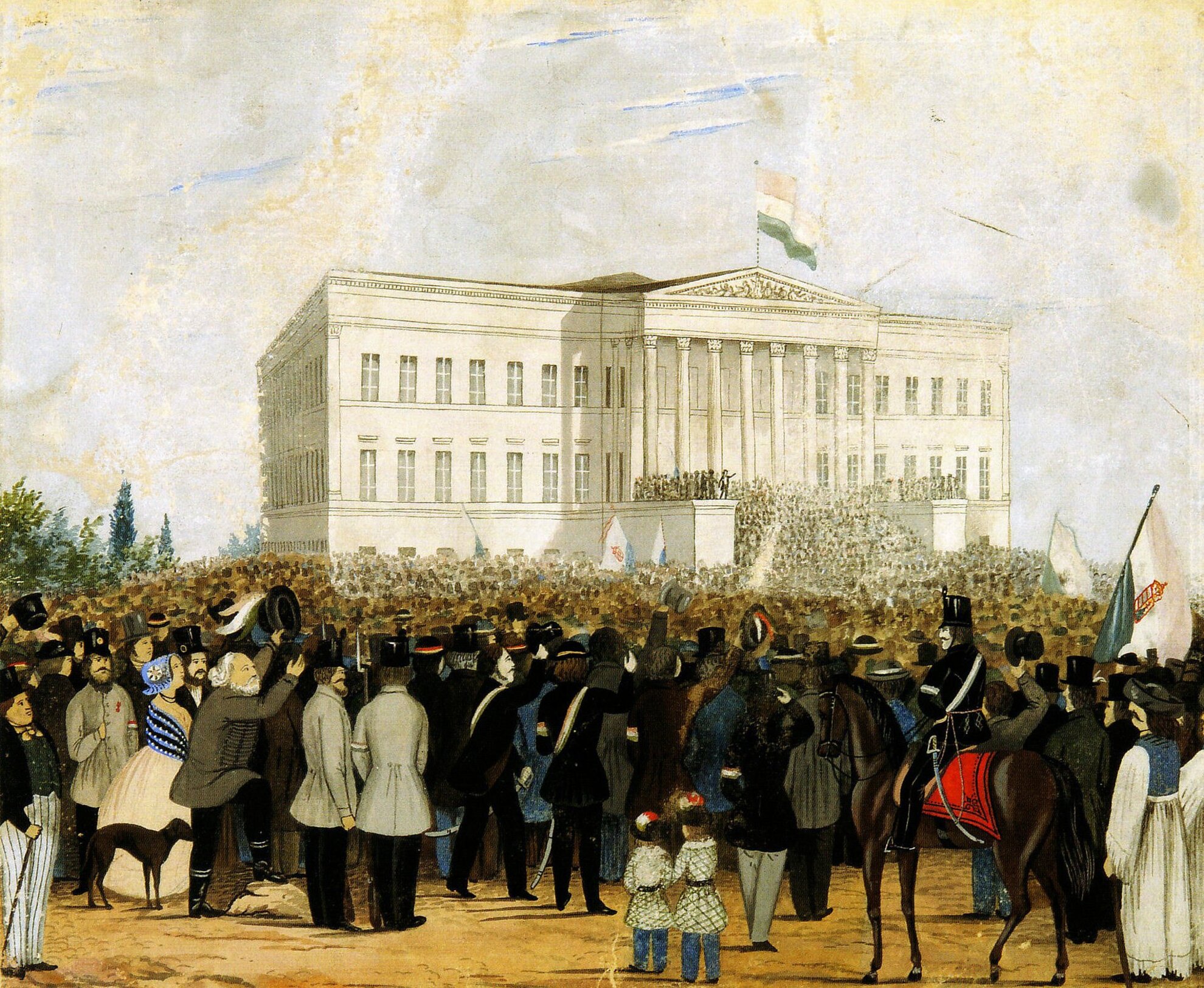
The National Song continues for several more equally fiery verses, and by the time Petőfi finished his recital, the choice of the crowd was clear – the demonstrating throng crossed the Danube to Buda to rally in front of the Habsburg governing council, where the emperor’s representatives fearfully agreed to enact the 12 Points.
Hungary’s Revolution of 1848 had begun, and not a single shot had been fired on that fateful day… but unfortunately, these celebrated ides of March heralded great tragedies to come within a matter of months.
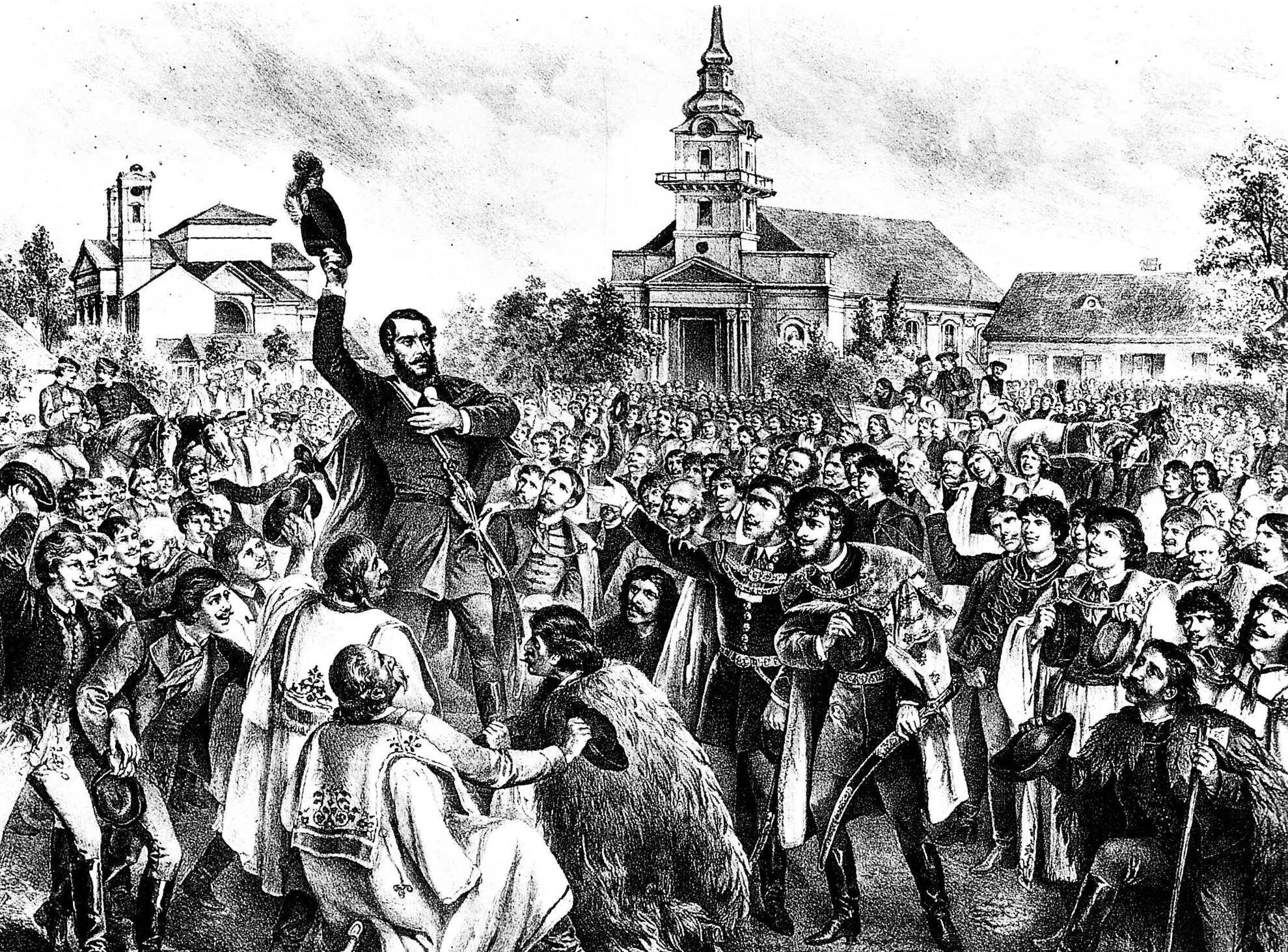
Soon after the uprising, Kossuth was leading the newly empowered Hungarian nation, establishing the country’s independence by minting separate coinage and raising an army to defend against reprisals from the Habsburg forces.
The revolution reached its apex in April 1849, when Kossuth issued the Hungarian Declaration of Independence. However, while he was a superb ideological leader, Kossuth had no military experience and struggled with maintaining unity among his generals, leading to disorganised campaigns.
Despite several victories, the Hungarian army was eventually trounced during the summer of 1849, when Austria’s Russian allies added unconquerable might to the counter-insurgency. Petőfi was among the soldiers vanquished in the final weeks of conflict.
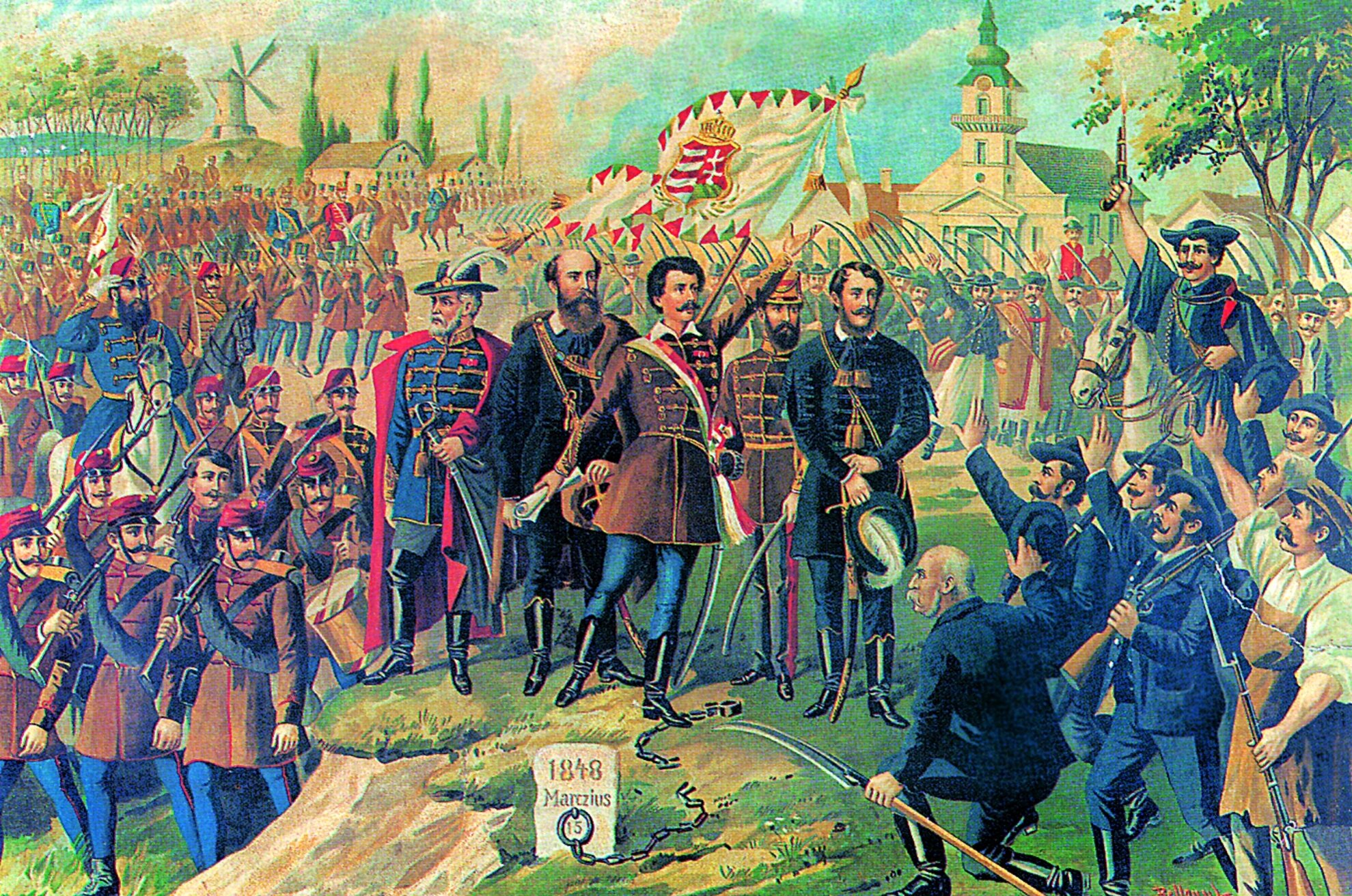
The Habsburgs duly imposed dreadful repression on Hungary in response. Budapest’s Citadella atop Gellért Hill was built to intimidate the Magyars from attempting another armed uprising.
However, Kossuth and his followers accomplished many important achievements that continue to resonate through history – Hungary’s present-day Parliament is rooted in the revolutionary government, and under Kossuth’s leadership Hungary passed Europe’s first law establishing minority rights in 1849.
The uprising paved the way towards establishing the Austro-Hungarian Compromise of 1867, granting the country partial independence from the Austrian Empire.
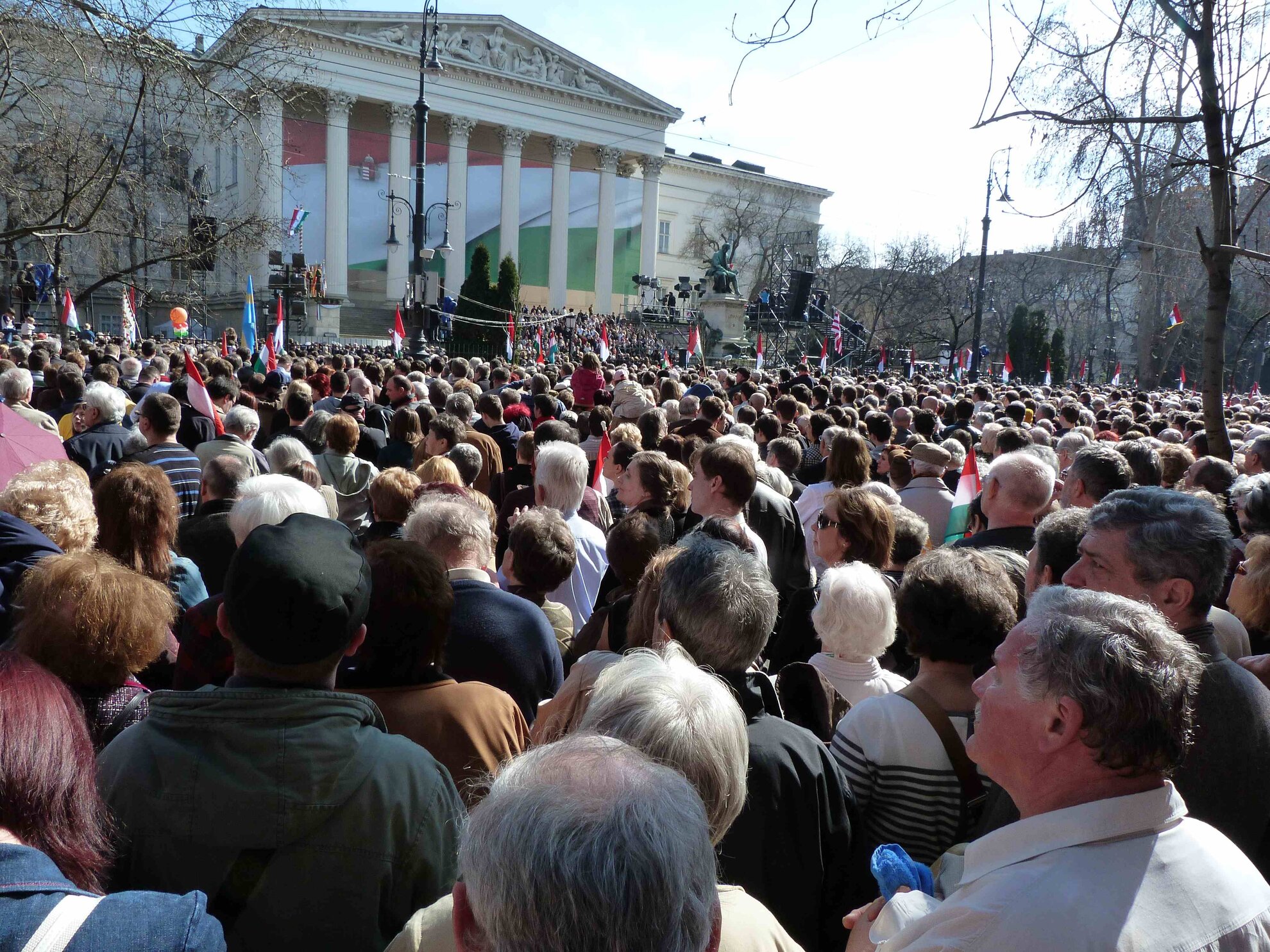
As Hungary enjoys the independence that so many Magyars fought for, 15March is honoured with celebrations nationwide. The day starts with a flag-raising ceremony before Parliament in the square that now bears Kossuth’s name. Family-friendly events then take place around Buda Castle and elsewhere across town. See here for a list of activities and free museum tours.

And on every 15March, Hungarians across the country don red, white, and green cockades over their hearts, just like the ribbons worn by Petőfi and his brothers in arms – all slaves no longer.
